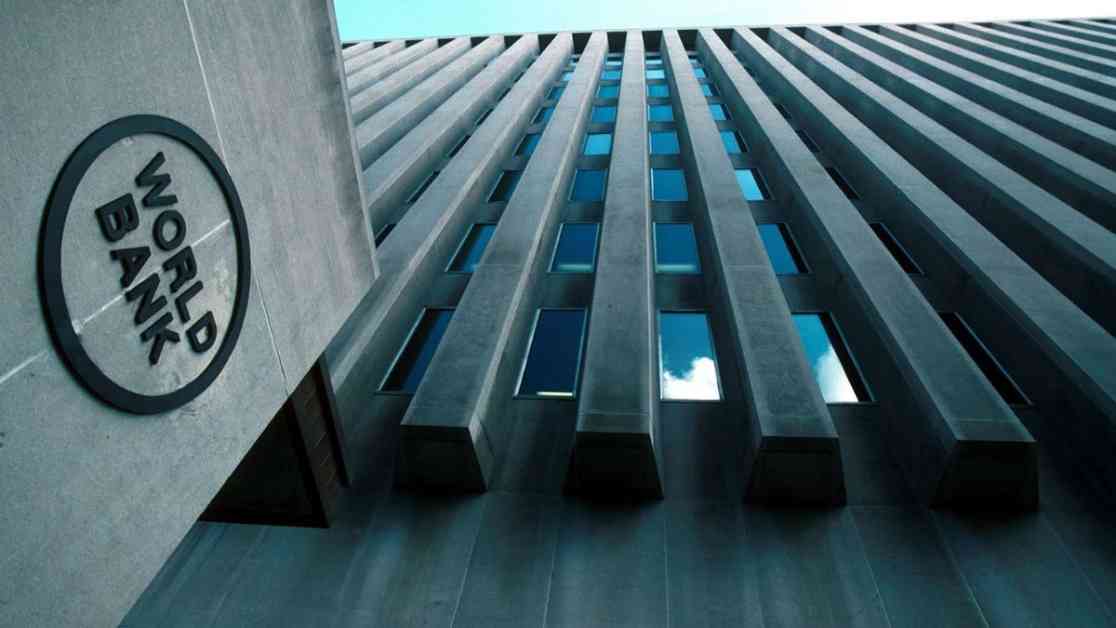At the recent Advantage Assam 2.0 Business Summit, World Bank Country Director Auguste Tano Kouame delivered a message of hope amidst concerns over the Indian economy. In the face of foreign institutional investors (FIIs) pulling out of Indian markets, Kouame remained steadfast in his optimism about India’s growth trajectory. Describing India as “the shining light in the world,” Kouame urged global investors to seize the opportunity presented by India’s economic potential.
Reassuring investors, Kouame emphasized that short-term fluctuations should not overshadow the bigger picture of India’s economic promise. He dismissed worries over minor variations in growth rates, emphasizing that India continues to shine as a top destination for investment. “We are not worried about India’s growth at the moment. We are very bullish about India and will remain bullish,” Kouame stated, encouraging investors to recognize India’s position as a beacon of growth in the global economy.
Investor Concerns Amid Market Sell-Off
Despite the World Bank’s optimistic outlook, investor concerns have been escalating as FIIs have been swiftly exiting the Indian stock market. This exodus has triggered a notable downturn in key indices, with the Sensex and Nifty experiencing significant declines. Since October 2024, FIIs have withdrawn nearly ₹2 lakh crore from Indian shares, leading to a double-digit drop in the Sensex. The broader market has also taken a hit, with the BSE Midcap and BSE Smallcap indices plummeting by 19% and 21%, respectively, over the same period.
This trend of sell-offs has persisted into 2025, with FIIs divesting nearly ₹1 lakh crore in just 33 trading sessions up to February 14. Notably, this trend is not unique to India, as several major emerging markets have witnessed negative FII flows. Alongside India, countries like Brazil, Indonesia, Malaysia, the Philippines, South Korea, Taiwan, and Vietnam have all experienced outflows, underscoring a broader shift in investor sentiment across emerging economies. The sole exception in this trend has been Thailand, which managed to attract $17 million in FII inflows.
Analysts attribute this capital flight to evolving global economic dynamics, particularly the rise in bond yields in the US. Vipul Bhowar, Senior Director-Listed Investments at Waterfield Advisors, highlighted that the increasing attractiveness of American assets due to higher US bond yields has prompted FIIs to reallocate investments away from Indian and other emerging market equities. This redirection underscores the influence of global factors on investment patterns in India and beyond.
Adding to investor unease is a notable slowdown in corporate sales growth, which has dampened enthusiasm for Indian equities, further propelling the outflow of foreign capital. The combined gross sales of Nifty50 companies saw a year-on-year growth of 6.6% in the December 2024 quarter, down from 9.2% in the corresponding period in the previous year. This deceleration in sales growth has heightened apprehensions among investors, amplifying the challenges faced by Indian markets amidst a complex global economic landscape.
IMF Insights on India’s Growth Trajectory
Amidst these economic fluctuations, India’s GDP growth dipped to a nearly two-year low of 5.4% in the July-September quarter, primarily driven by lackluster performances in the manufacturing and mining sectors, alongside subdued consumption. However, IMF Deputy Managing Director Gita Gopinath offered a more optimistic perspective on India’s economic slowdown, characterizing it as a temporary phase with brighter prospects ahead.
In a recent exclusive interview with Business Today, Gopinath emphasized that delays in the implementation of public infrastructure projects had contributed to the slowdown but anticipated a resurgence in economic activity. Gopinath asserted, “We see it as a temporary thing. There have been some delays in implementing some of the public infrastructure projects, but we see that picking up. We do continue to see strength in rural consumption,” underscoring the resilience of India’s economic foundation.
Looking ahead, Gopinath projected a recovery in India’s growth trajectory, highlighting an expected GDP growth rate of 6.5% for the fiscal year. Despite the current challenges and uncertainties facing the Indian economy, Gopinath’s insights offer a ray of hope, pointing towards a potential rebound in economic performance in the near future. Through a blend of structural reforms, strategic investments, and global partnerships, India stands poised to navigate through the current economic headwinds and emerge stronger on the path to sustained growth and development.























